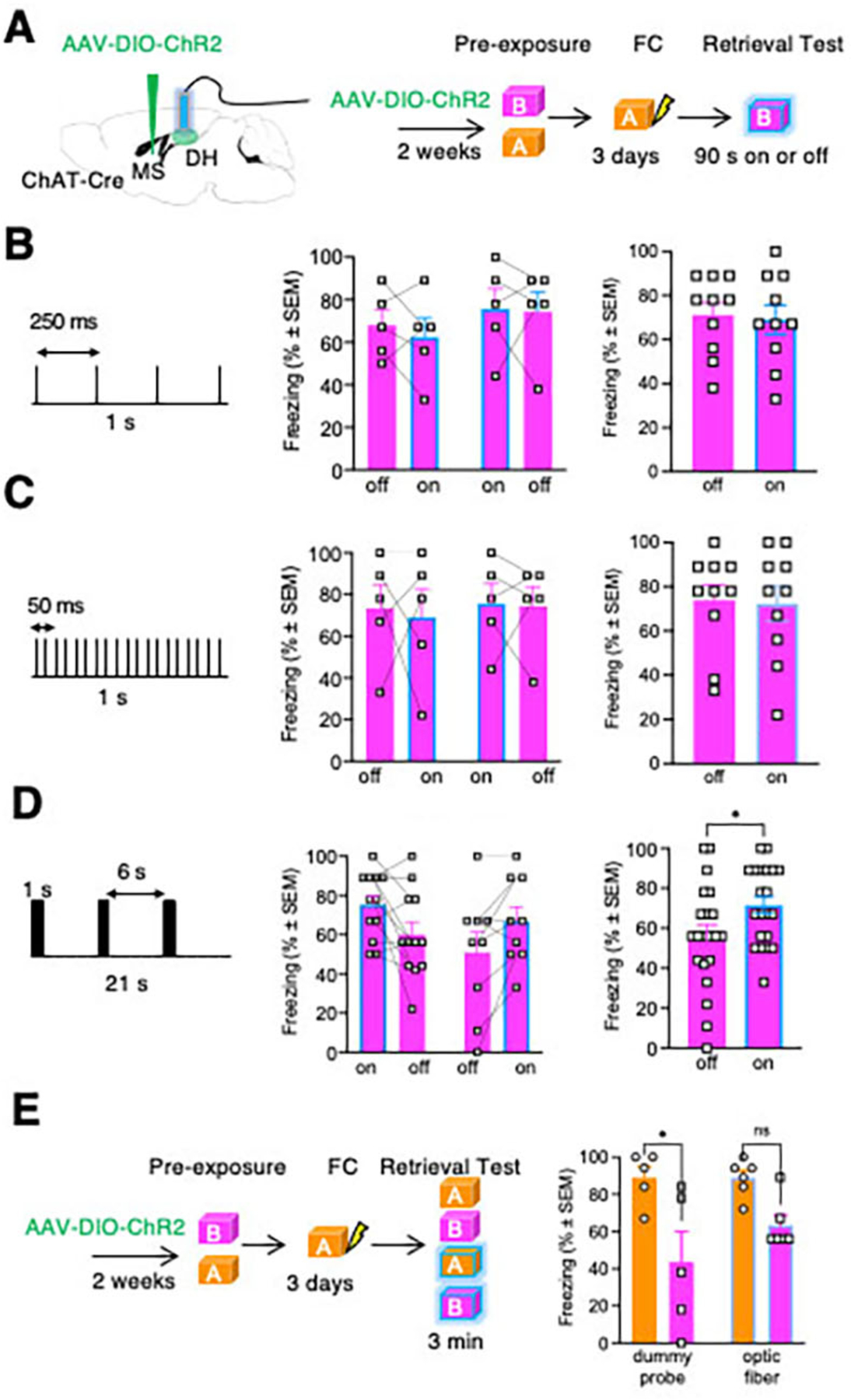Fig 3: Optogenetic stimulation of MS-DH projections increases freezing in Context B.

A Timeline of opsin infusion in the MS and optogenetic stimulation of the DH. B Tonic 4 Hz optogenetic stimulation of DH did not affect freezing during the retrieval test in context B. The stimulation schedule is shown on the left, individual freezing responses during alternating on- or off-stimulation cycles are shown in the middle, and the combined data are on the right. Paired T-test, p=0.7445. n=10 mice. C Tonic 20 Hz optogenetic stimulation of DH did not affect freezing during the retrieval test in Context B. The stimulation schedule is shown on the left, individual freezing responses during alternating on- or off-stimulation cycles are shown in the middle, and the combined data are on the right. Paired T-test, p=0.8769. n=10 mice. D Burst 20 Hz optogenetic stimulation of DH significantly increased freezing in Context B in mice trained in Context A. The stimulation schedule is shown on the left, individual freezing responses during alternating on- or off-stimulation cycles are shown in the middle, and the combined data are on the right. Paired T-test, p=0.0022. n=21 mice. E A similar effect of burst 20 Hz optogenetic stimulation of DH resulting in generalization of freezing is found using a between subject design. Two-way ANOVA. Factor: Device, F (1, 18) = 1.244, P=0.2793. Factor: Context, F (1, 18) = 16.34, P=0.0008. Factor: Device x Context, F (1, 18) = 1.287, P=0.2714. n = 5 mice in each dummy group (A group, B group), n = 6 mice in each device group (A group, B group).
